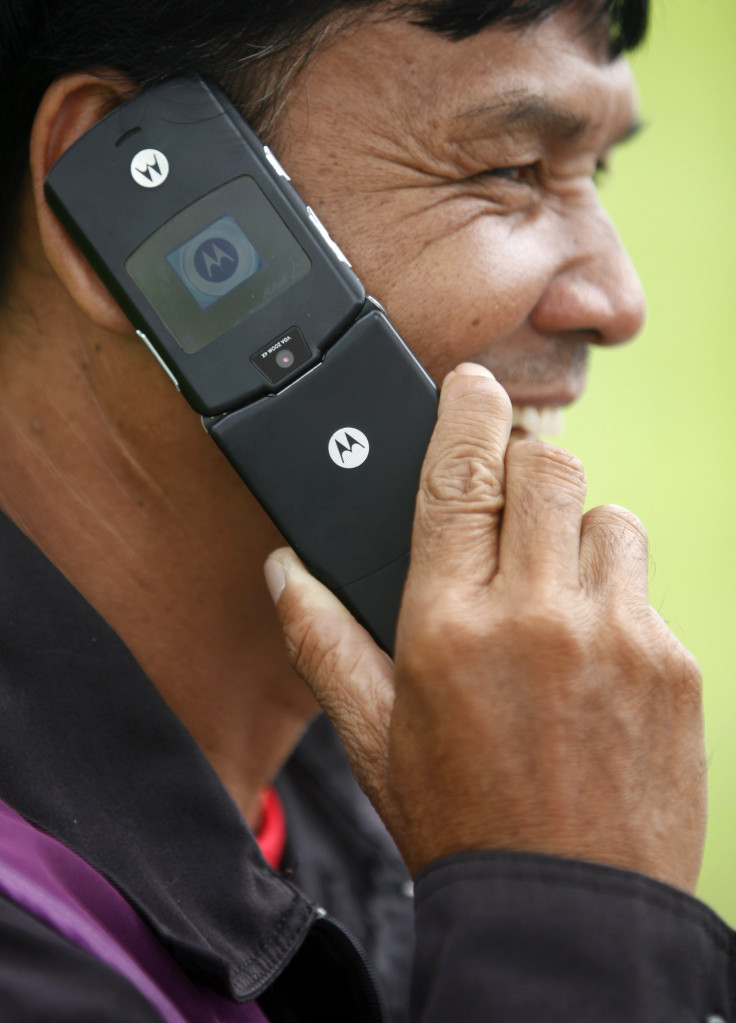Simple Hack Blocks Calls And Texts On Nearby Phones

A hacked feature phone can prevent incoming calls and text messages (SMS) from reaching nearby phones, researchers in Berlin have found. Their study shows that with a few simple hacks to Motorola feature phones, anything operating nearby on a 2G network is susceptible.
In the U.S., AT&T and T-Mobile both utilize a 2G network for voice calls and texts. The second-generation GSM network is the most common cellular network on the planet, with more than 4 billion people worldwide relying on it for calls and texts. The hack changes a phone’s firmware to trick the network out of delivering incoming calls or texts to intended recipients.
The hack could potentially be used to block service to all of the subscribers in a specific service area with a single phone, Technology Review reports. Dr. Jean-Pierre Seifer and his colleagues from the Technical University of Berlin presented their research at the Usenix Security Symposium in Washington last week. A video showcasing the hack is embedded below.
When an SMS or call is sent over a 2G network, cell towers page nearby phones to find the intended recipient. Phones with normal firmware will respond accordingly – only responding to calls and messages meant for their subscriber. But phones hacked by the researchers respond faster, receiving communications intended for another device.
The researchers say the hack can affect entire location areas, which average 200 square kilometers in Berlin. The team used open-source baseband code to rewrite the firmware for Motorola’s C1 series of phones. They say that 11 hacked phones would be able to take down service completely in a location area for E-Plus, Germany’s third-largest wireless provider.
Follow Thomas Halleck on Twitter
© Copyright IBTimes 2024. All rights reserved.





















